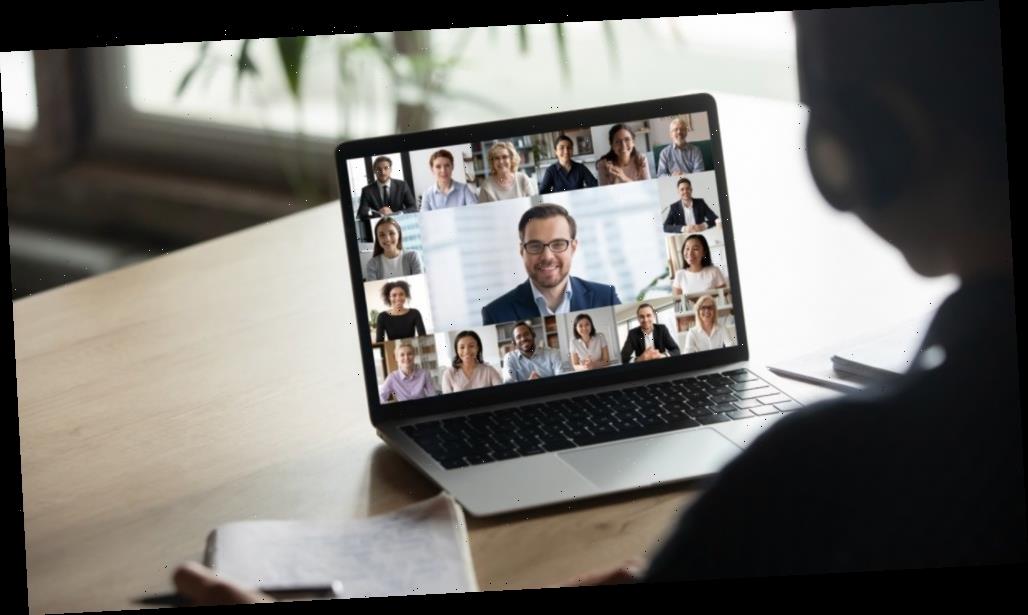
This is what our diaries might look like at the moment: one or two (three?) work-related video conferencing calls, followed by an online learning session for the offspring (if you have one, that is). And whose idea was it again to have a Zoom happy hour/Facebook watch/Netflix party?
In the age of social distancing, this was meant to be the new normal; this was meant to be the time when we all realized that we didn’t need a physical office because a virtual one would do; that it was possible to reach out and stay in touch with family and friends through video calls from the comfort of our homes. Instead, a number of us are discovering Zoom fatigue.
Zoom calls require us to be present the whole time

You wouldn’t know it, but experts say video calls actually require us to be more present than a face-to-face chat. Insead associate professor Gianpiero Petriglieri told BBC that Zoom calls require us to pay attention to more than what is just being said. When we take part in a Zoom call, we have to process body language, facial expressions, and the tone and pitch of voice. We consume more energy doing all that, and as a result we cannot relax into the conversation the way we would do if we were face-to-face, Petriglieri explained.
Then there is the realization that if we’re on a video call, we are actually being watched. “When you’re on a video conference, you know everybody’s looking at you; you are on stage, so there comes the social pressure and feeling like you need to perform. Being performative is nerve-wracking and more stressful,” Clemson University associate professor Marissa Shuffler, who studies workplace well-being, told BBC.
Social calls can result in Zoom fatigue, too
Work-related video calls aren’t the only ones that are stressful; Zoom parties with friends and loved ones can be just as tiring. Jeremy Bailenson, founding director of Stanford’s Virtual Human Interaction Lab told USA Today that our reaction to social video calls has to do with how we might view video calls in the first place, because we’re expecting this to be fun, but in actual fact, we’re sitting in front of a computer.
Video conferencing calls also forces us to be in an unnatural communication style, where one person does all the talking and everyone does the listening, and Northern Illinois University’s chair of counseling Suzanne Degges-White explained that’s just not the way humans communicate. “That’s not normally the way we do social interactions.It’s not that easy give and take,” she says. And as a result, the more reserved don’t speak and attention wanders as people get distracted by other things that are going on.
Taking breaks is important to avoid Zoom fatigue
But it is possible to take breaks from Zoom events — whether they are workplace-related or friends and family affairs. If Zoom fatigue is getting you down, it might be good to ask yourself whether you really need to make every work-related call a Zoom call, and why you can’t just talk to each other instead, like back in the day when we just had phones.
If the way you look on camera is making you uncomfortable, you may want to fix the lighting around your space, or adjust your settings to make you less self-conscious. And various experts told both USA Today and the BBC that taking breaks between work calls and social calls is important, because those breaks allow you to transition between your work side and social side, which is what we do when we leave work and head for a bar, pub, restaurant, or movie.
Source: Read Full Article


